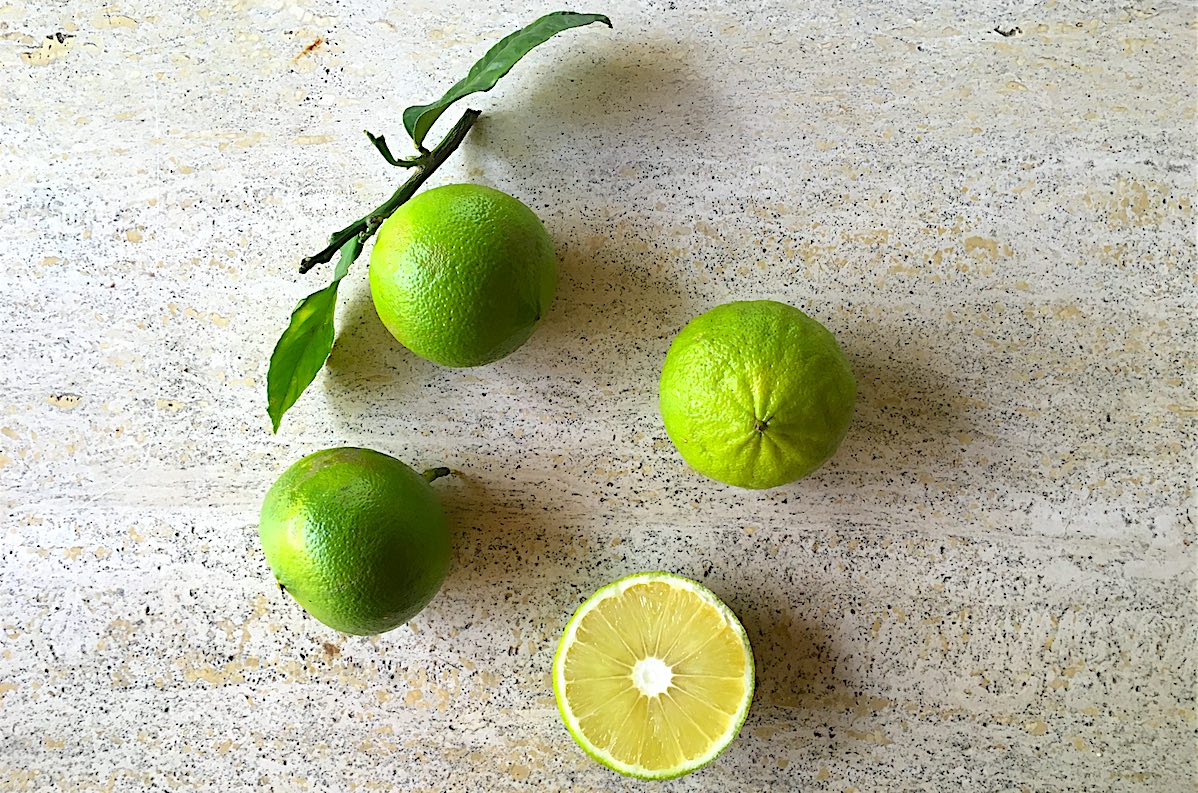
Bergamot: properties and how to use it
Share
Bergamot: properties, origins and cultivation area
Bergamot is a citrus fruit whose fruit, called hesperidium, is medium-sized (between that of an orange and a grapefruit), characterised by a yellow peel and a spherical shape flattened at the poles.
Its origins are uncertain: according to some sources it comes from the East, according to others from the Canary Islands. The fact remains that it has found an ideal habitat in the Province of Reggio Calabria, while in other areas of the world the plant shows stunted growth or the extraction of essential oil from the bergamot peel has a lower yield.
For this reason, the cultivation of bergamot worldwide occurs mainly along the Ionian coast of Calabria, where it grows in the area between Reggio Calabria and Locride, thanks to a combination of factors such as exposure, alluvial soil and microclimate.

Calabrian Bergamot Cultivar
The bergamot cultivars are:
- “ Femminello ”: the plant has medium vigor, with fruits characterized by a thin skin but with a high percentage of essential oil.
- “ Fantastic ”: it has a high fruit production but with a slightly lower percentage of essential oil production compared to the “Femminello” cultivar.
- “ Castagnaro ”: it is the most rustic cultivar (resistant to wind and long-lived) and with a medium quantity of essential oil.
Bergamot: beneficial properties
The taste of bergamot juice is bitter due to the presence of naringin, a chemical compound belonging to the flavonoids, which together with brutieridin and mellitidin, also gives a significant antioxidant power. The citric acid content and the high presence of polyphenols are also particularly high. The latter contribute to the reduction of triglyceride levels and blood sugar.
Thanks to these beneficial properties, bergamot helps prevent various cardiovascular diseases such as heart attacks and strokes.
The essential oil obtained from bergamot is also considered a natural remedy as an antiseptic and antiviral, also used in antidepressant treatments and to reduce anxiety.
Bergamot: Cholesterol
According to several studies published in the International Journal of Cardiology, bergamot is able to reduce the level of “bad” cholesterol (LDL cholesterol) and increase the level of “good” cholesterol (HDL cholesterol), to such an extent that these properties could be used to reduce the dose of some drugs used for cardiovascular diseases and consequently avoid some of the side effects they present.
Bergamot essential oil (or bergamot essence)
The main and traditional use of bergamot consists in the cold extraction of the essential oil, contained in the oil glands present in the peel.
In particular, the Bergamot of Reggio Calabria is a product with a protected designation of origin (PDO) as both its production and processing are characteristic and typical of this area.
Bergamot essence is used in many products, from eau de Cologne to fixative in perfumery. Production is very limited, around 100 tons per year, which is why the essential oil is subject to numerous chemical counterfeits.
How to use bergamot in cooking
The particularly sour flavour of bergamot meant that until recently it was used exclusively for the production of essential oil.
Lately, its particular aroma and perfume has also been discovered in the kitchen, where it is enjoying an ever-increasing level of appreciation.
- Bergamot juice : it is consumed in particular for the beneficial properties of bergamot (antioxidant and natural remedy against cardiovascular diseases), also mixed with sweeter juices (apple juice) or other citrus fruits.
- Bergamot cream : used in pastry making.
- Flavoring : in numerous dishes, including fish.
-
Bergamot liqueur : used as a digestive or to flavour desserts and granitas.
Bergamot: where to find it
The essential oil can be found for sale in herbalist's shops or pharmacies.
The fresh fruit is rarely found on sale in supermarkets or traditional channels. In case you are interested, you can find on our website products with certified organic method: bergamot sale
